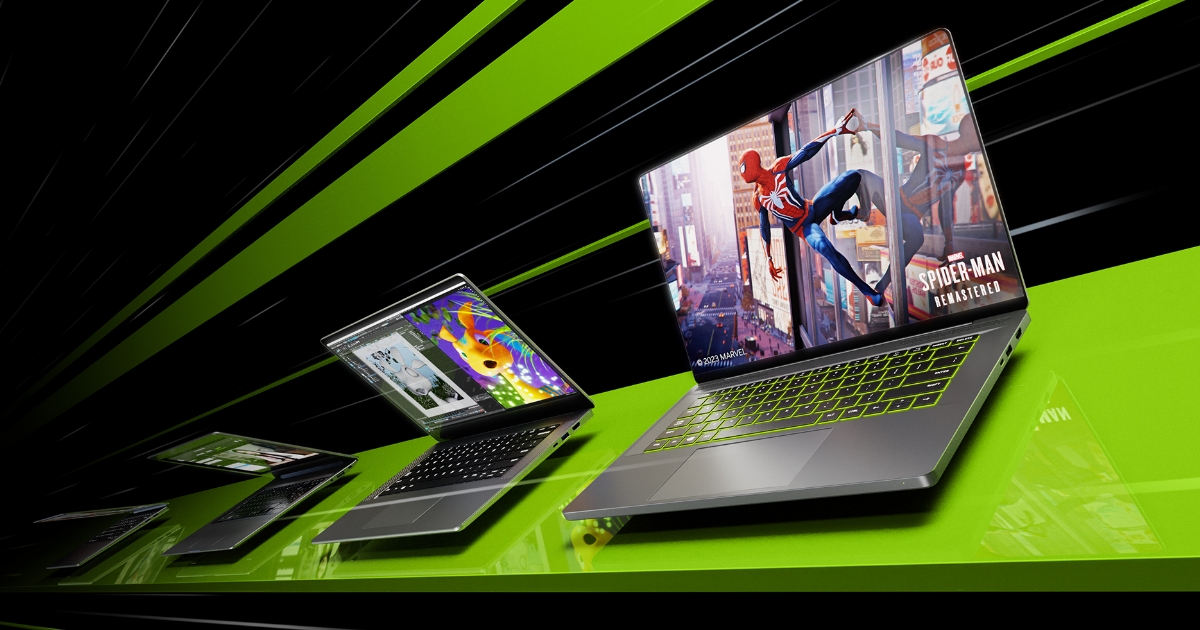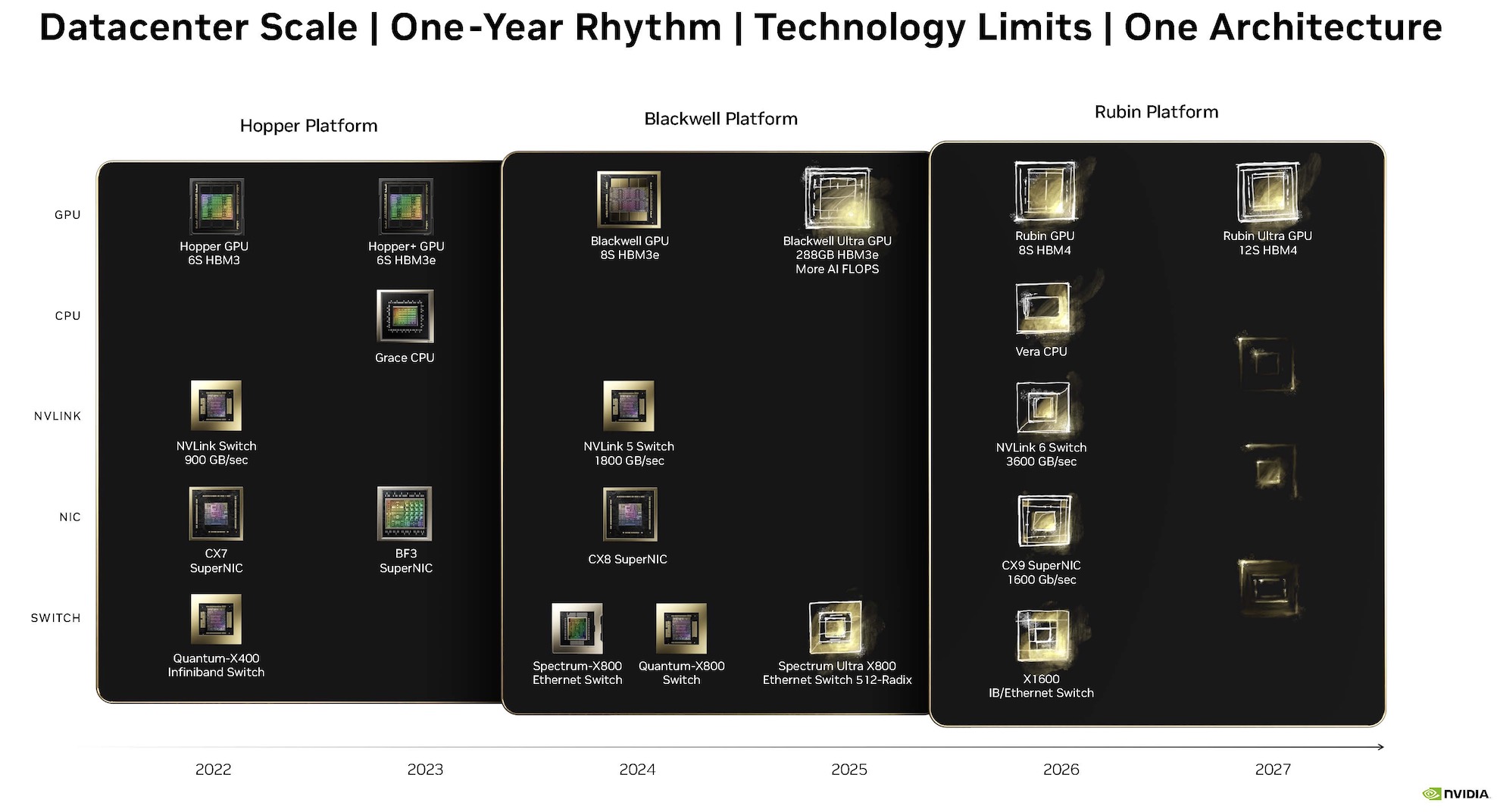They aren't saying it pulls 140W continuously, nor that 140W is the limit everyone uses. THey're saying (and they're correct) the SKU permits limiting the GPU across a range of power, from 35W (I didn't look it up, I'm trusting pcchen on this number) to 140W. The actual power limit profile is determined by the manufacturer of the laptop and programmed into the firmware. This power limit is typically immutable, so the end user can't up the power slider in MSI Afterburner on a laptop as they might on a desktop part.
The new SKU apparently caps that range to 115W, therein lies the "interesting" story apparently.
Hope that clears it up.
Of course it’s not continuous. We’re comparing TGPs. As long as they’re comparing peak to peak there’s no problem. It’s not clear from the article that 115W is the peak TGP for the 5060M though.





